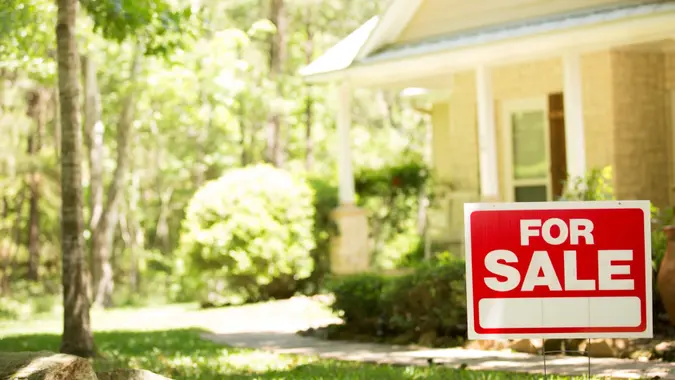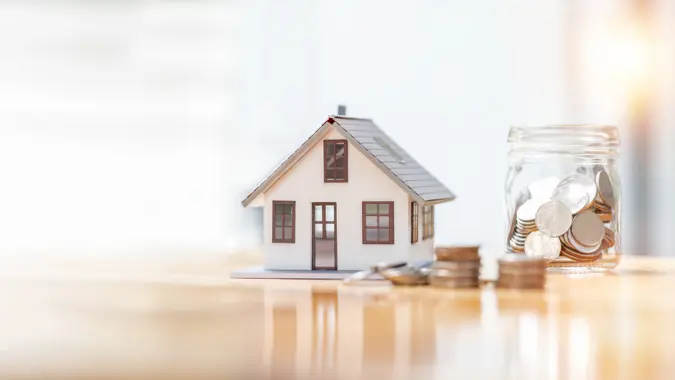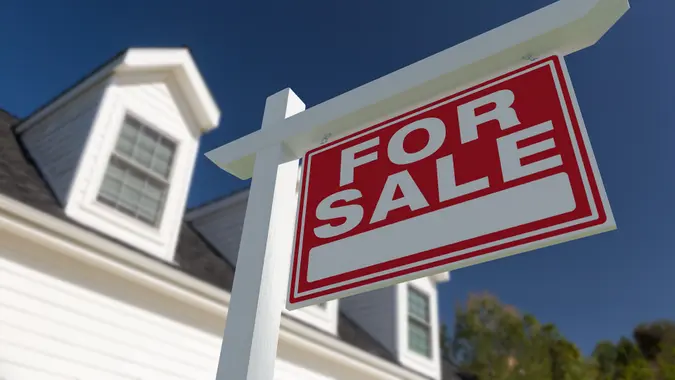Are Rents Higher Than They Were Before the Pandemic?

Commitment to Our Readers
GOBankingRates' editorial team is committed to bringing you unbiased reviews and information. We use data-driven methodologies to evaluate financial products and services - our reviews and ratings are not influenced by advertisers. You can read more about our editorial guidelines and our products and services review methodology.

20 Years
Helping You Live Richer

Reviewed
by Experts

Trusted by
Millions of Readers
If you ask tenants in the United States if they’re paying more rent than they were paying before the pandemic, you’re likely to hear an affirmative response from most of them.
In general, rents today are much higher than they were before the pandemic. And consumers are worried about it. In a recent Gallup poll asking Americans an open-ended question about their biggest personal finance concern, housing costs was the second most frequent concern mentioned. Inflation was the top concern.
Just how bad is the rent situation for many Americans? Rents have leveled off or even declined in some areas, said Diane Yentel, CEO of the National Low Income Housing Coalition, in an interview with PBS. However, “Rental costs are still quite out of reach for the average renter and especially for people with low or extremely low incomes,” she said.
More than half of all renters are paying over one-third of their income toward rent.
Where rents are still high compared to before the pandemic, the primary reason is that supply can’t keep up with demand. That imbalance increases competition among tenants and keeps rents high.
Increasing the supply with more apartments does bring prices down, but that doesn’t help people with the lowest incomes. Landlords can’t afford to build and operate apartments that are in the rent ranges people with the lowest incomes need, according to Yentel.
But even if you have moderate or higher income, you could feel a domino effect from high home prices.
“As long as, for example, we have higher income renters who aren’t able to enter the homeownership market because of very little supply of homes for sale and high mortgage rates, that means they’re staying in the rental market longer, and that’s increasing costs for everyone,” Yentel said.
 Written by
Written by  Edited by
Edited by 

























